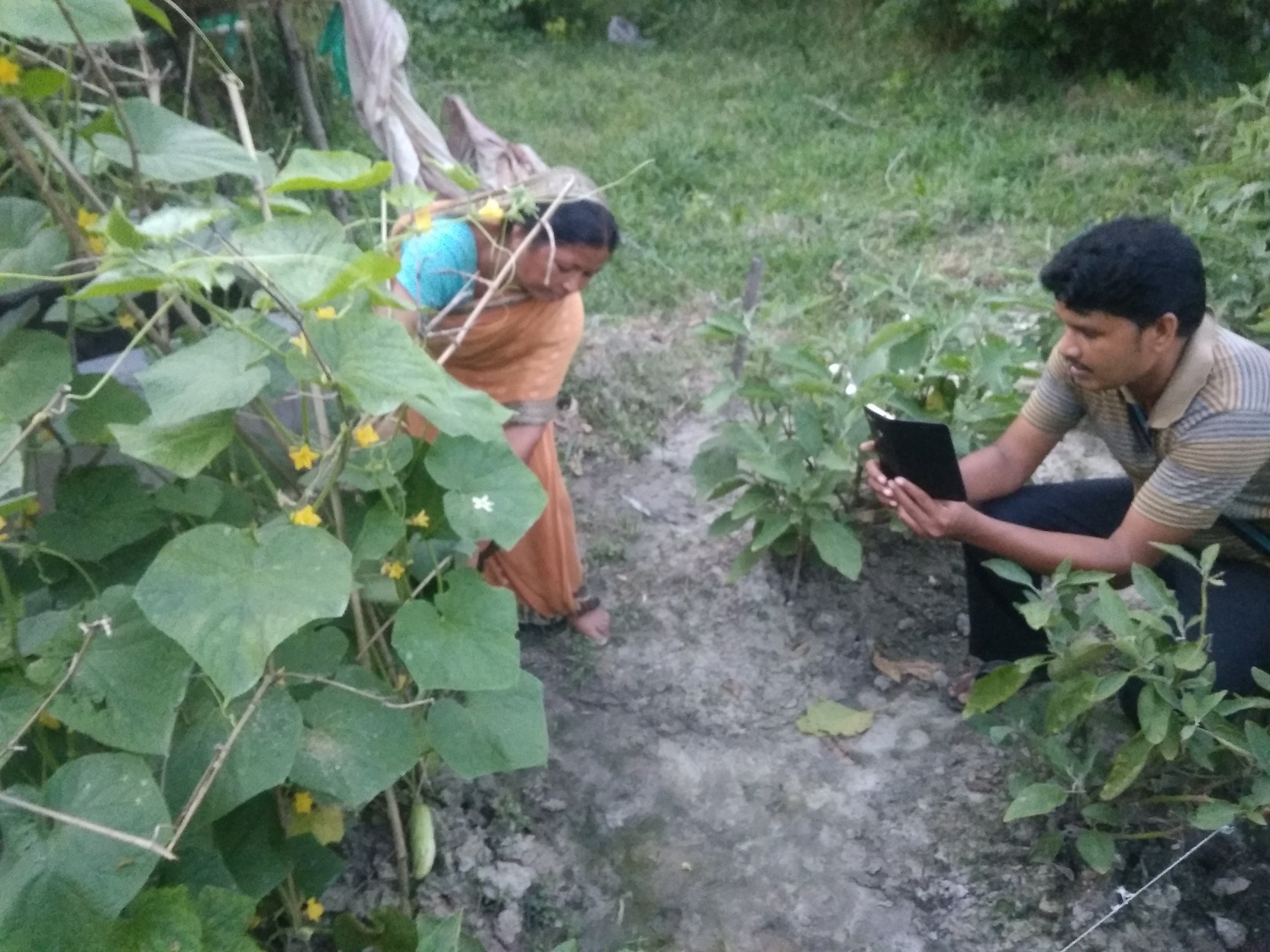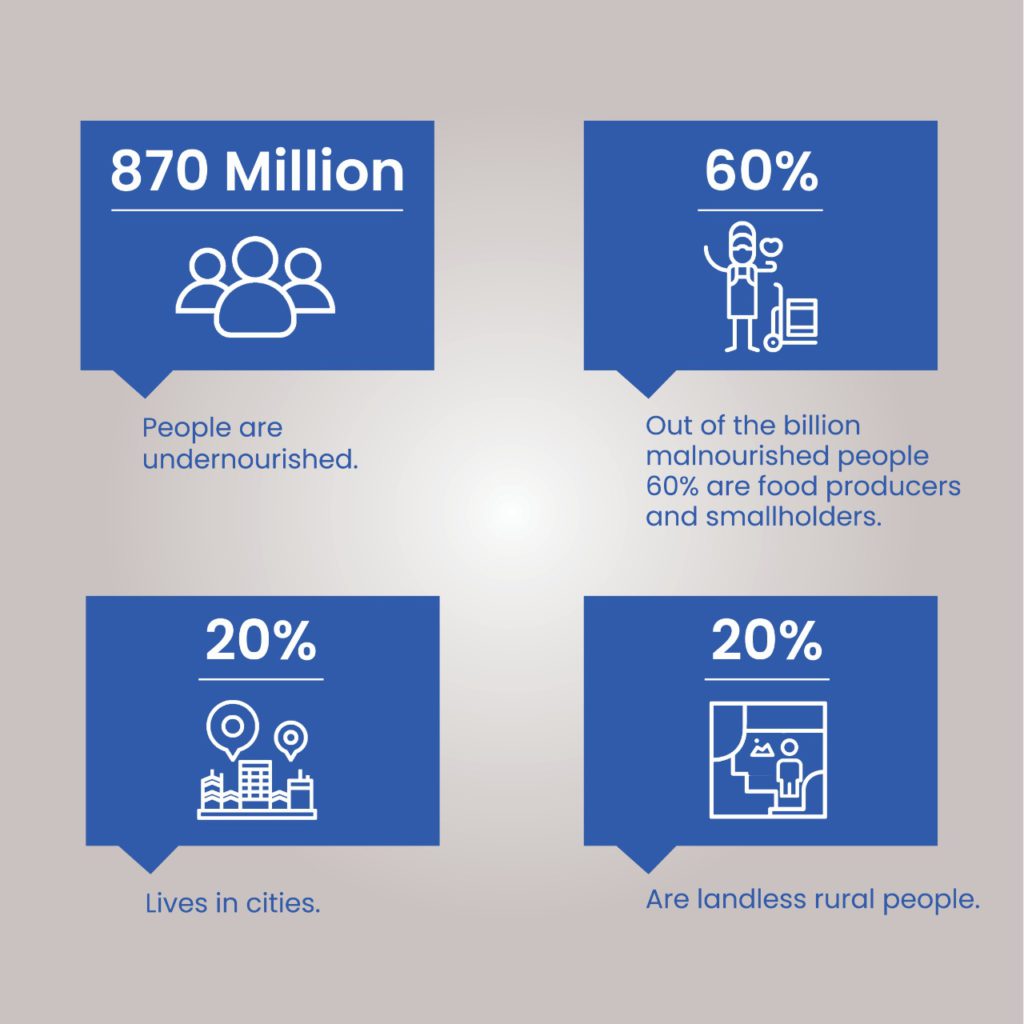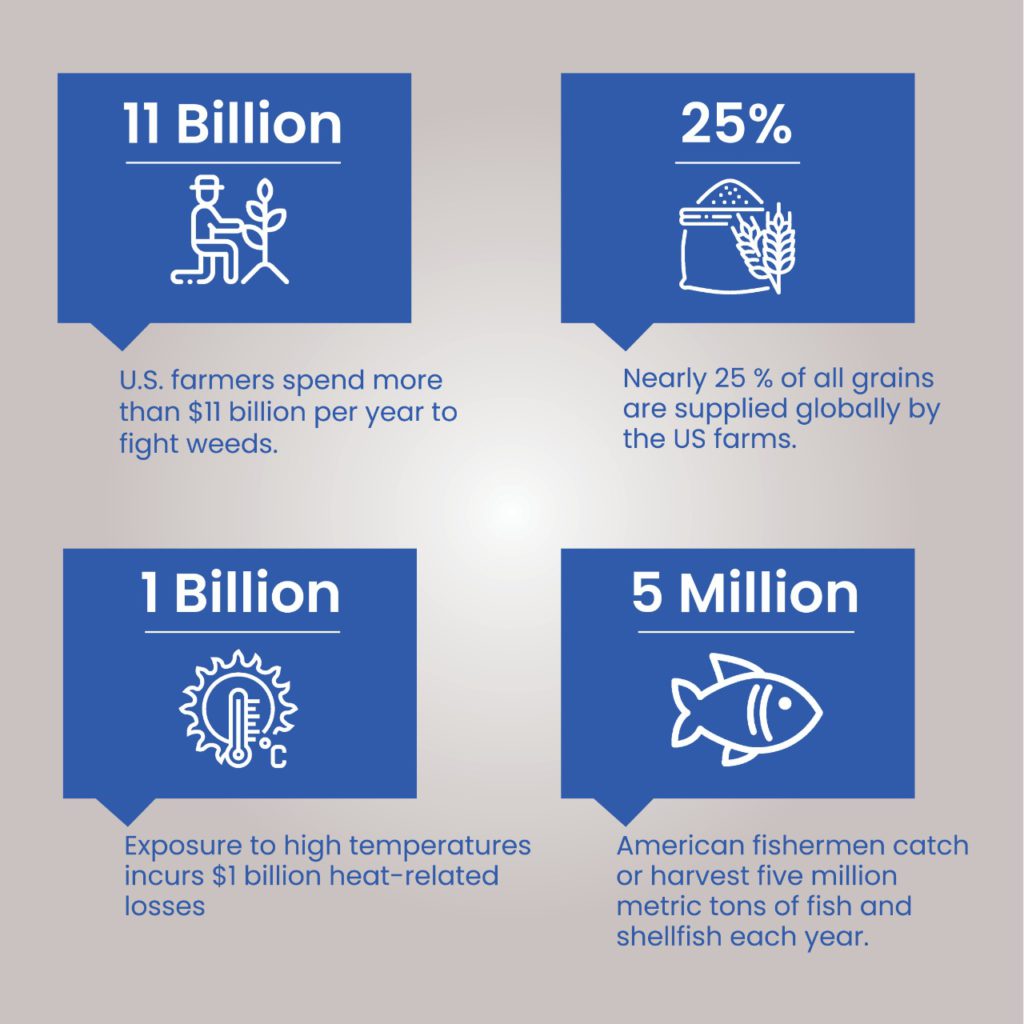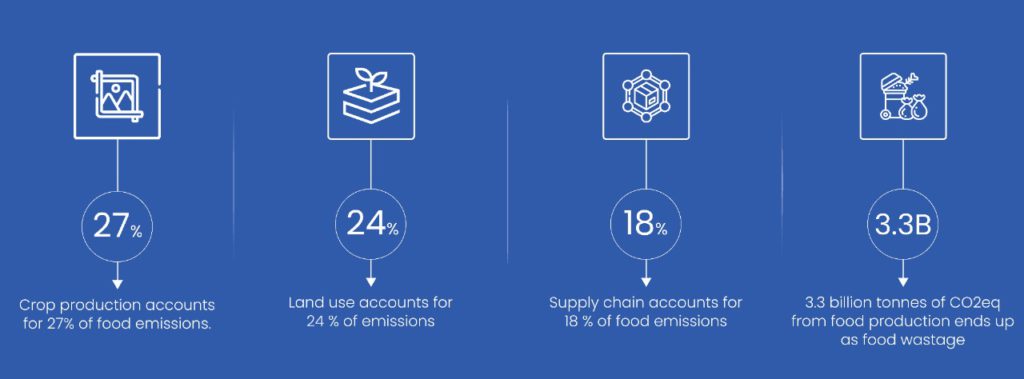Contact: +91 99725 24322 |
Menu
Menu
Quick summary: Discover the six key characteristics of Climate Smart Agriculture (CSA), a comprehensive approach to sustainable farming that addresses the challenges of climate change while enhancing productivity and resilience. Explore how CSA integrates climate considerations, manages trade-offs, maintains ecosystem services, offers multiple entry points for intervention, tailors solutions to specific contexts, and ensures inclusivity for women and marginalized groups.

Climate Smart Agriculture (CSA) represents a paradigm shift in agricultural practices, responding to the urgent need to address climate change while ensuring food security and sustainable livelihoods. This approach integrates climate adaptation, mitigation, and resilience strategies into agricultural systems, aiming to optimize productivity, reduce greenhouse gas emissions, and enhance the resilience of farming communities. By harnessing innovative technologies, practices, and policies, Climate Smart Agriculture offers a holistic framework to mitigate the impacts of climate change on agriculture, safeguard natural resources, and promote sustainable development.
The world’s population is estimated to hit 9.8 billion by 2050 and the 2 billion increase over the next 30 years will be living in cities in the developing countries. There is a requirement for transformation in agriculture to feed this growing population.
FAO estimates that agriculture production will have to increase 60 % to satisfy the demands for food while halving the carbon footprint
Adapting to climate change and reducing emissions is necessary to achieve food security without depleting the natural resources. The extremities in weather and prevalence of unpredictable climate changes lead to reduction in production and leave the smallholder farmers vulnerable to these uncertainties.
The smallholder farmers lack the knowledge on adapting their production systems to these changes and have limited resources and access to technology and finance. In order to enhance food security, contribute to climate change and preserve the natural resources, a transition to agriculture production systems which are more productive with efficient usage of inputs, less variability and resilient to risks is inevitable. A major shift in utilisation and management of resources like land, water and soil along with governance and legislation is important.
The increasing temperatures, vagaries in weather, invasive crops and pests and the shift in ecosystem boundaries are few of the challenges that needs to be addressed. The climate change is reducing crop yield and quality of crops along with lowering of livestock productivity. The reduction of GHGs and increasing carbon sinks should significantly contribute to the mitigate climate change.
Agriculture generates 18 to 30% of greenhouse gas emissions and about one-third of food produced globally is wasted. There is a need to address both these issues to help meet the climate goals and reduce environmental stress.
Climate Smart Agriculture (CSA) is an integrated approach to managing cropland, forests, livestock and fisheries that addresses the interlinked challenges of food security and climate change with economic, social and environmental sustainable development. The CSA approach is designed to identify and operationalize sustainable development within the parameters of climate change.
It is composed of 3 main pillars:

There is a need to sustainably increase agriculture productivity with greater nutrition security and boost incomes of the 75% of world’s poor who live in rural areas and rely on agriculture for their livelihood. Ensuring availability and accessibility of healthy nutritious food is important.
Climate change has impacted agriculture and food production

Adapting and building resilience to climate change is essential to reduce vulnerability to drought, floods, pests, diseases and other climate related risks. The change in rain patterns, salinization, sea level rise, deforestation has a great impact on agriculture, forestry and fisheries.
There is a need to reduce and remove the greenhouse gas emissions wherever possible. Lowering emissions for each calorie or kilo of food produced and switching to sustainable diets should be considered.

These emissions are dependent on the natural processes and agriculture practices which makes it difficult to control and measure. The agriculture sector and forestry have to be managed effectively that can lead to carbon capture and storage in soil and biomass.
The UN Framework Convention on Climate Change (UNFCC) was created to address the threat of climate change to agriculture and global food security. As the developing countries are exposed to weather extremities, they are vulnerable to climate change to a larger extent, besides a huge number of people are dependent on agriculture for their livelihood.
A number of digital agriculture initiatives and startups have leveraged digital tools and technologies to increase farm productivity, strengthen food security and build resilience in food systems. In India, the capital investments in agriculture technology amounts to $1.7 billion. Yet, only a few have scaled up. Different countries have reached different levels of digital agriculture maturity because of different obstacles. There should be a strong focus on scalable business models to see a meaningful impact. The access to technology is setting the stage for ag innovation.
The public support by the year 2030 for farmers to implement improved practices is estimated at $20 billion for Africa, $41 billion for Latin America and $131 billion for Asia.
Adopting Climate Smart Agriculture (CSA) presents several challenges that need to be addressed:
1. Climate-Centric Approach:
2. Balanced Goals:
3. Ecosystem Preservation:
4. Versatile Entry Points:
5. Context Specific:
6. Inclusive Engagement:
CSA has a strong potential to contribute to achievement of the Sustainable Development Goals( SDGs). There is a need to identify the synergies and trade-offs between the 3 pillars and the 6 characteristics of CSA and the SDGs. This must be a coordinated process involving multiple stakeholders across the supply chains so as to achieve harmonious policies across climate change, land use, agriculture and other relevant sectors that otherwise may not align.
TraceX Blockchain Platform offer several features and functionalities that directly address the challenges of climate smart agriculture (CSA):
Overall, TraceX technology solutions play a crucial role in supporting climate smart agriculture by providing farmers with the tools and information they need to adapt to changing climate conditions, minimize environmental impacts, and build resilient and sustainable farming systems.
